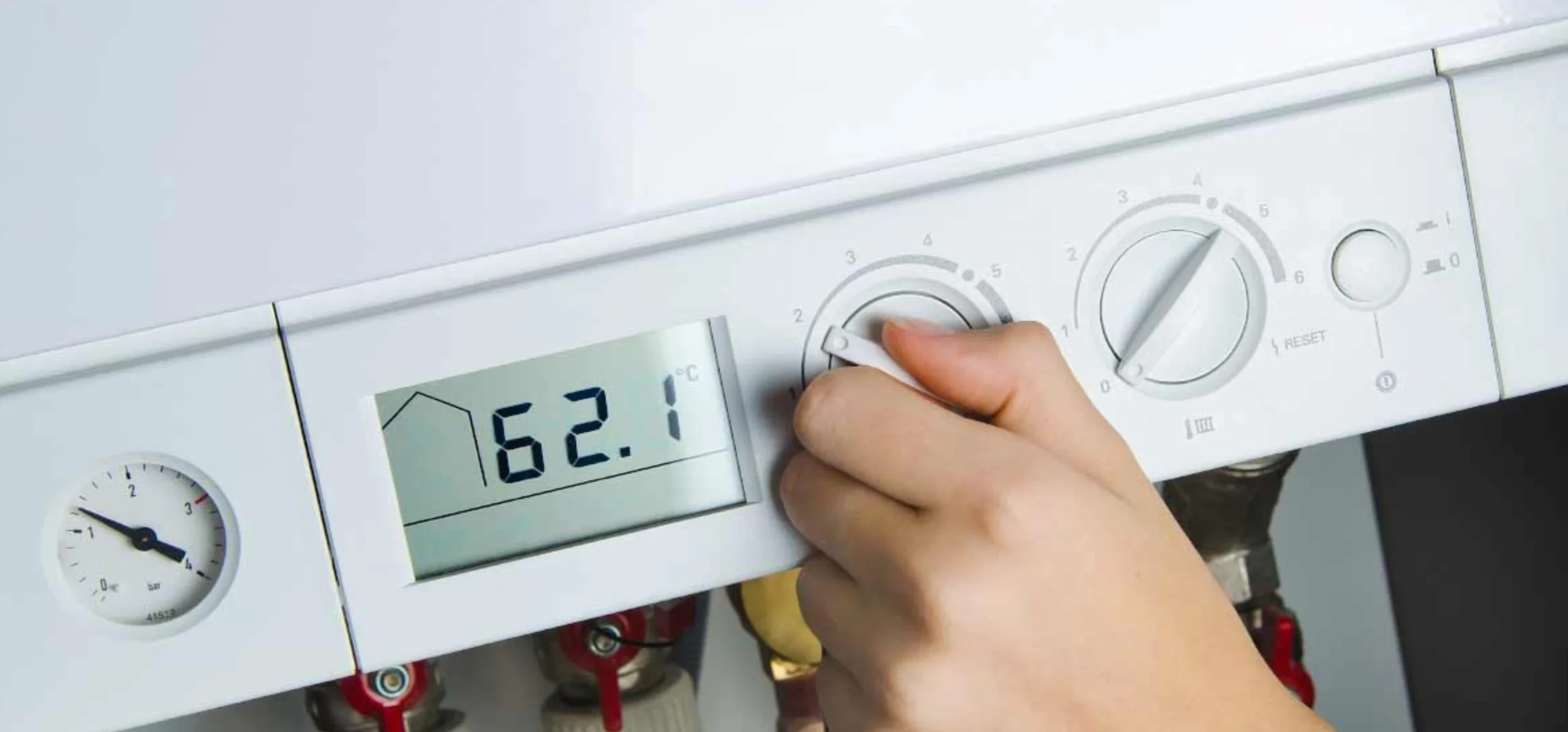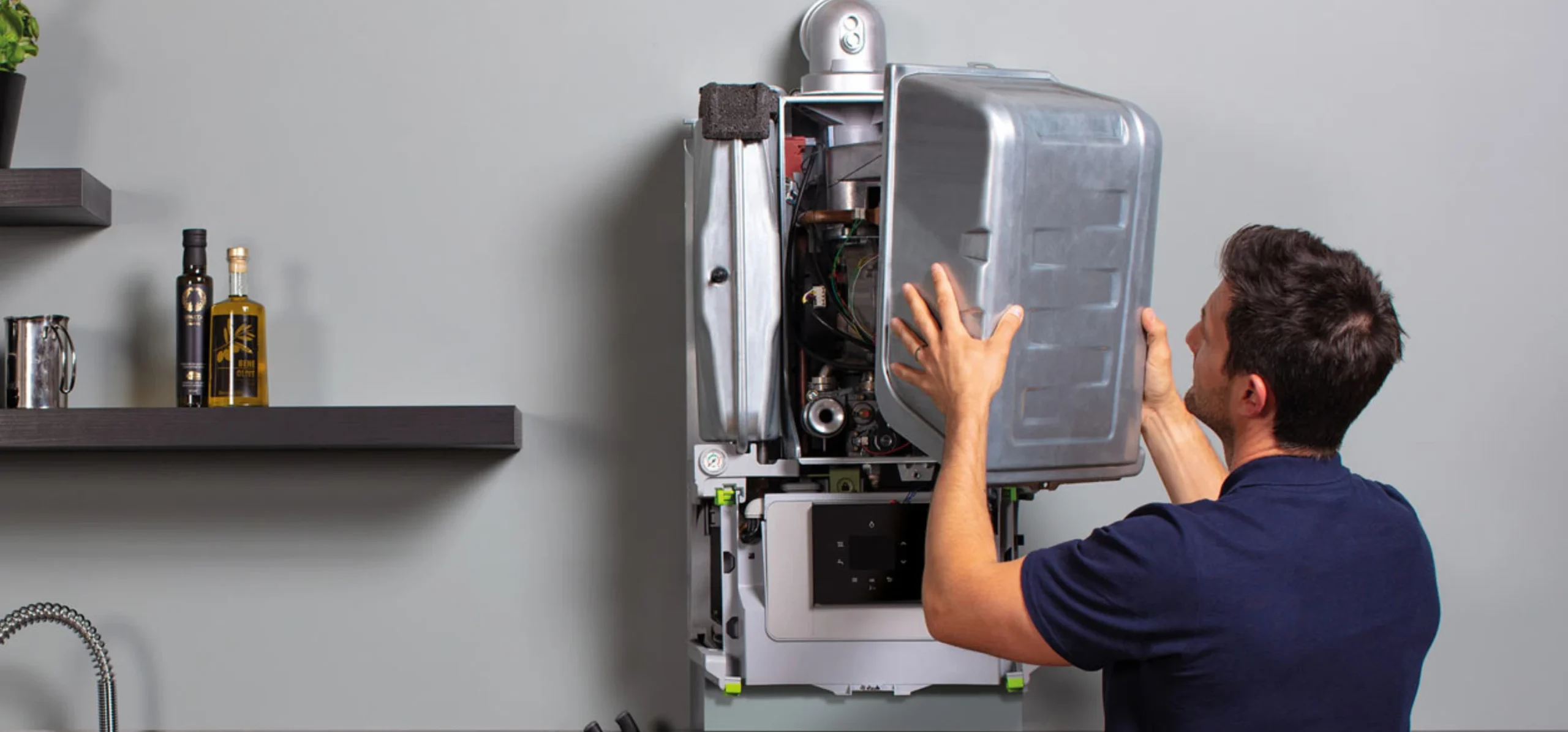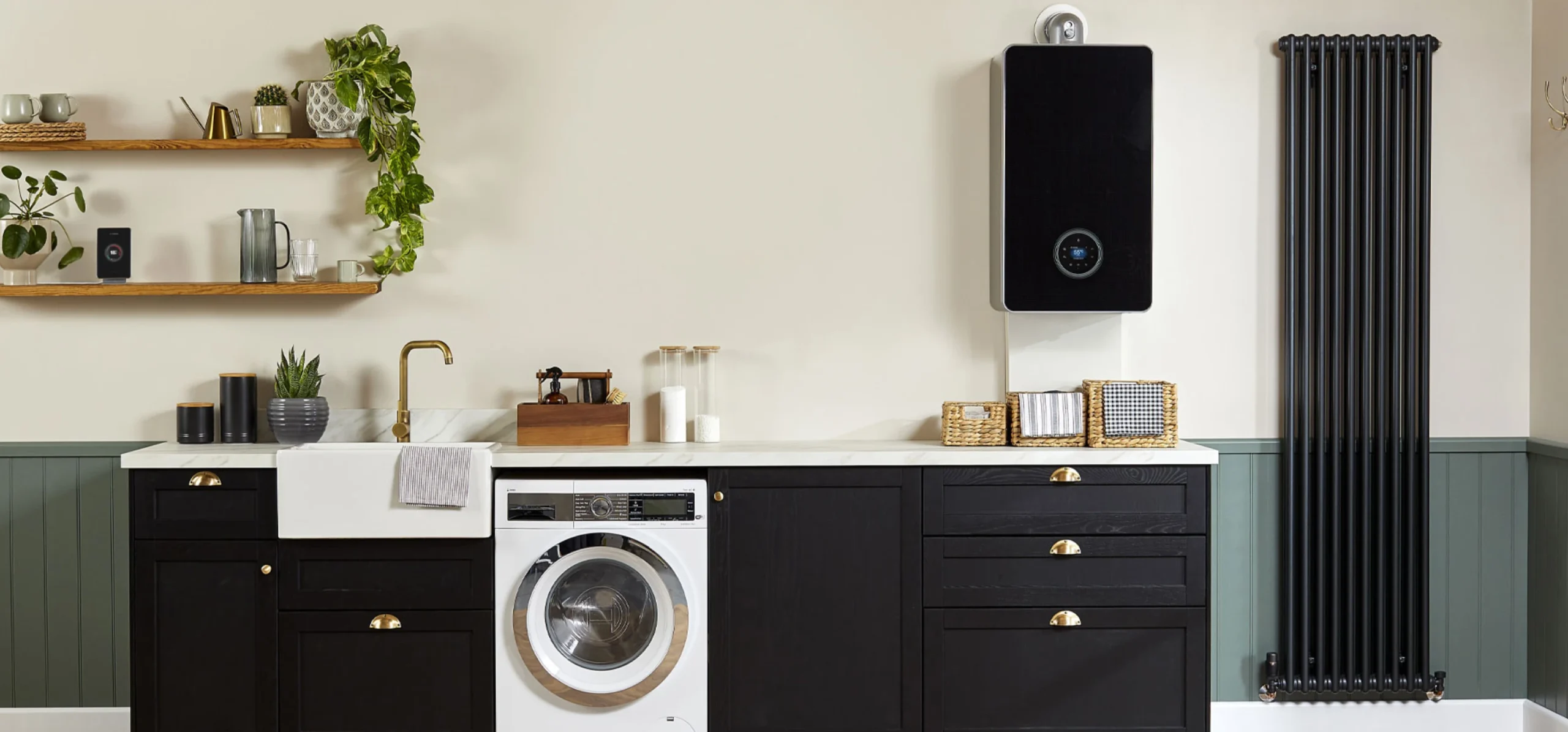Why Is My Boiler Losing Pressure? A Comprehensive Troubleshooting Guide

Keeping your home warm and cozy relies heavily on a healthy central heating system. At its core, your boiler needs proper water pressure to work right. Normal boiler pressure usually sits between 1 and 1.5 bar when the system is cold. This range ensures water can move through all your pipes and radiators.
But what happens when that pressure dips too low? You might find your home cold, your hot water gone, and your energy bills climbing. This is a common issue for many homeowners, leading to inconvenience and costly repairs if ignored. This guide will walk you through the top reasons your boiler loses pressure and how to fix them.
Understanding the Basics: What is Boiler Pressure and Why It Matters
What Normal Boiler Pressure Looks Like
Look at the pressure gauge on your boiler. It should point to a specific spot, usually in the green zone, often around 1.0 to 1.5 bar when the system is not heating. When your heating kicks on, the water warms up and expands. This makes the pressure gauge rise a bit, usually to 2 bar or slightly more. When the system cools down, the pressure should return to its original level. Each boiler model might have slightly different ideal pressure points, so always check your boiler’s manual.
The Consequences of Low Boiler Pressure
A boiler that consistently loses pressure causes real problems. You might notice your radiators aren’t getting hot, even when the boiler is running. Sometimes, you get no hot water at all. Your boiler might even display an error code and shut down completely, a state often called “lockout.” If you’re constantly having to add water to your system just to keep it running, you’re dealing with low pressure. This constant need to repressurise is a clear sign something is wrong.
Common Culprits: Identifying the Source of Pressure Loss
Leaking Pipes and Radiators
Even a tiny leak can cause big pressure drops over time. Water slowly drips out of the system, and your boiler’s pressure gauge slowly falls. Check all visible pipework, especially around joints and connections. Look closely at your radiators, valves, and any towel rails. Sometimes, the leak is so small you only see a damp patch or a slight stain.
Signs of a Radiator Leak
Wet spots on the floor around your radiators are a tell-tale sign of a leak. You might also see dampness on nearby walls or notice rust forming on the radiator body itself. Check the radiator valves, known as thermostatic radiator valves (TRVs), and the pipe connections entering and leaving the radiator. Even a slow drip can quickly reduce system pressure.
Checking Underfloor Heating
Underfloor heating systems hide their pipes beneath your floor. This makes finding leaks much harder. A leak here might only show as a damp patch on your floorboards or a cold spot in the room. These leaks often go unnoticed for longer periods, causing significant pressure loss before they are found. You might need special thermal imaging cameras to locate these hidden issues.
Faulty Components Within the Boiler System
Your boiler has several key parts that manage water pressure. If any of these go bad, pressure can drop fast. Knowing what these parts do helps in troubleshooting.
The Expansion Vessel and Its Role
The expansion vessel helps manage the water pressure as it heats and cools. It has a diaphragm inside that absorbs the expanding water. If this vessel is faulty or has lost its air charge, it cannot do its job. This often causes the boiler pressure to rise very high when hot, then drop sharply when cold. It might seem like it’s losing pressure, but it’s really the vessel failing to absorb the pressure changes.
Issues with the Pressure Relief Valve (PRV)
Every boiler has a pressure relief valve, or PRV, as a safety device. It opens if the system pressure gets too high, releasing water to prevent damage. This valve usually has a small copper pipe running outside your house. If the PRV is faulty, it might leak water constantly, even when the pressure isn’t too high. Look for a constant drip from this pipe outside your home. A faulty PRV is a common cause of ongoing pressure loss.
Problems with the Automatic Air Vent (AAV)
Automatic air vents are small devices that automatically release trapped air from your heating system. They’re often found on boilers or at high points in your pipework. If an AAV sticks open or becomes damaged, it can start to leak water slowly. This small, steady leak contributes to pressure loss over time. Check these vents for any signs of dampness or drips.
The Silent Leaker: Air in the System
Air can get into your heating system in a few ways. Tiny leaks in pipework can draw air in when the system cools down. Repressurising your boiler can also introduce small amounts of air. Trapped air causes airlocks, preventing water from circulating properly. It also takes up space meant for water, making your pressure gauge drop when the air is released.
Bleeding Radiators: A Temporary Fix?
Bleeding your radiators releases trapped air, which can often cause pressure to drop. This is a common part of maintenance. You use a radiator key to open a small valve, letting air hiss out until water appears. While bleeding radiators is necessary to improve heating efficiency, it doesn’t solve the problem of why air is getting into the system. If you’re bleeding radiators often and always losing pressure afterward, you have an underlying issue.
Micro-leaks and Gas Formation
Very small leaks, often too tiny to see water dripping, can still let air into your system. When the boiler heats water, it also warms any dissolved air or gas. This gas collects in your radiators. Bleeding the radiators releases this gas, which then causes the pressure to drop. This cycle repeats, making it seem like you’re losing water, but you’re actually just releasing trapped air and gas.

Addressing the Problem: Practical Steps and Solutions
The Role of the Filling Loop
Your boiler has a filling loop, a small pipe with two valves, often braided or metallic. This is how you manually add water to your system and increase the pressure. It’s a key tool for homeowners to manage boiler pressure. Knowing how to use it safely is important for maintaining your heating.
How to Re-pressurise Your Boiler
- Turn off your boiler. Make sure it’s completely cold before you start.
- Locate the filling loop. It’s usually a flexible metal hose connecting your main water supply to the boiler’s heating system.
- Open both valves on the filling loop. You’ll hear water flowing into the system.
- Watch the pressure gauge. Slowly open the valves until the pressure reaches 1 to 1.5 bar (or your boiler’s recommended pressure).
- Close both valves tightly. It’s crucial to close both valves completely to prevent over-pressurisation or water leaks.
- Turn your boiler back on. Check the pressure again after the system has run for a while.
Is Your Filling Loop Faulty?
Sometimes, the filling loop itself can be the problem. If you see water dripping from the filling loop or its connections, it might be faulty. A common issue is a valve that doesn’t close fully, allowing water to slowly enter the system and over-pressurise it. Or, it might let water leak out. Always ensure both valves are sealed tightly after repressurising.
When to Call a Professional
While some pressure issues are simple to fix, others require an expert. If you’ve checked for visible leaks, bled your radiators, and repressurized the system but the pressure still drops, it’s time to call a Gas Safe registered engineer. They have the tools and knowledge to diagnose deeper problems safely.
Identifying Serious Leaks
Some leaks are obvious, like a flood under a radiator. These need immediate attention. If you suspect a hidden leak, such as in walls or under floors, don’t try to fix it yourself. Water damage can be very costly. A professional can pinpoint the leak’s exact location without causing more damage.
Boiler Service and Maintenance
Regular boiler servicing is not just about keeping your warranty valid. An annual service catches small issues before they become major problems. A qualified engineer can spot worn-out parts like a failing expansion vessel or a sticky PRV. They can also check for air ingress points and ensure your system runs at peak efficiency.

Proactive Maintenance: Preventing Future Pressure Issues
Regular System Checks
Make it a habit to check your boiler pressure gauge regularly, perhaps once a month. Notice if it’s consistently dropping. Also, keep an eye out for any damp spots around your radiators, pipes, or boiler. Listen for unusual noises, like gurgling in radiators, which can signal trapped air. Simple visual checks can prevent major headaches later on.
Understanding Boiler Performance Data
Many modern boilers and smart thermostats provide performance data through apps. This data can sometimes show you pressure trends over time. If you notice a slow but steady decline in pressure readings, it’s a good heads-up to investigate before the problem gets worse. This kind of early warning can save you time and money.
Seeking Expert Advice for Longevity
For long-term boiler health and efficiency, professional help is key. An annual service by a certified engineer ensures all components are working correctly. They can re-pressurise your expansion vessel, check the PRV, and make sure your system is free of sludge. Regular expert check-ups ensure your boiler stays reliable for years to come.
Conclusion: Restoring Your Boiler’s Health and Efficiency
Boiler pressure loss is a common problem, but rarely a sign of total boiler failure. Most often, it points to manageable issues like small leaks in pipes or radiators, a faulty expansion vessel, or air trapped within the system. You can often tackle these issues with simple steps like bleeding radiators or using the filling loop.
Always check your system for visible signs of water. If you can’t find the source of the pressure drop or if it keeps happening, don’t wait. Calling a Gas Safe registered engineer for a full check-up is the smartest move. Regular maintenance is your best friend in keeping your heating system running smoothly and efficiently. This ensures your home stays warm and your boiler stays healthy for a long time.
